Time magazine’s 100 most influential photos ever taken
FROM Ellen DeGeneres’ Oscars selfie to a victorious Muhammad Ali, here are the 100 most influential snaps of all time, chosen by Time magazine.
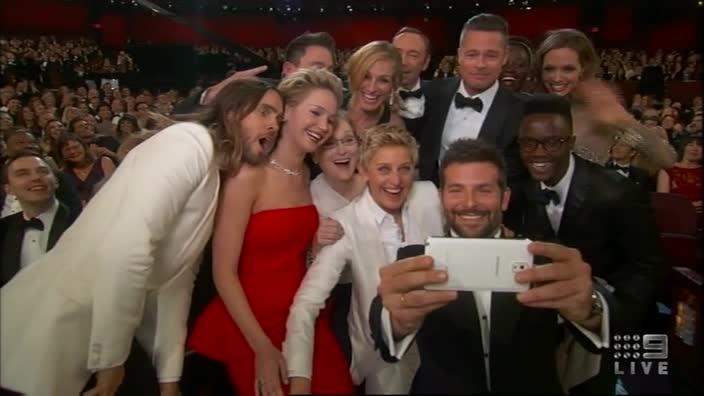
Magazines
Don't miss out on the headlines from Magazines. Followed categories will be added to My News.
A SINGLE drop of milk. A newborn baby. The ravages of war and terrorism. The defiance of those who protest and the fear of those entrapped.
All are included in a multimedia project featuringTime magazine’s most influential images of all time, released through a new book, videos and a website.
Many of the photos or frames from films are familiar, ingrained in the collective conscious, including the Pulitzer Prize-winning Falling Man, taken on 9/11 by Richard Drew of The Associated Press.
Others, and their stories, are little known, such as the tiny snap by California software engineer Philippe Kahn of his new baby, the first mobile phone picture, after he rigged a flip phone with a digital camera in 1997.
The magazine’s editors consulted historians and photo editors and curators around the world, while Time staff interviewed the photographers, picture subjects, friends and family to write essays on each image.
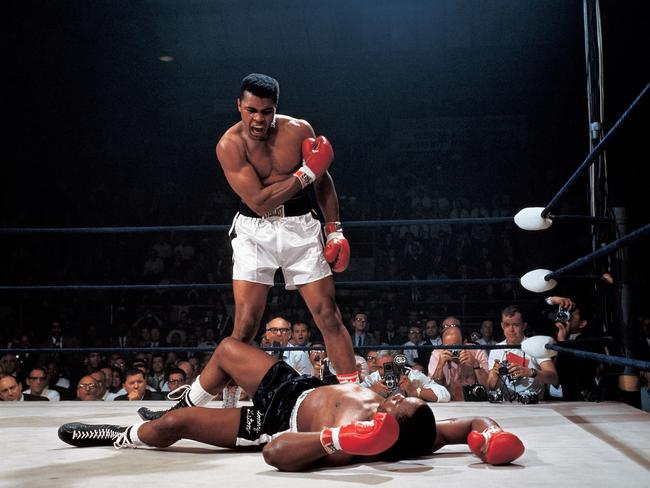
Matthew Brady’s Abraham Lincoln, Dorothea Lange’s migrant mother, the flag raising at Iwo Jima by the AP’s Joe Rosenthal — also a Pulitzer Prize winner — and that famous kiss in Times Square on V-J Day, captured by Alfred Eisenstaedt, are among the 100 chosen.

So is Frame 313 of the amateur, 8-millimeter film shot by Abraham Zapruder of John F. Kennedy’s assassination in 1963. Life magazine withheld that frame at the time, notorious in its absence for showing the bullet on impact with Kennedy’s head.
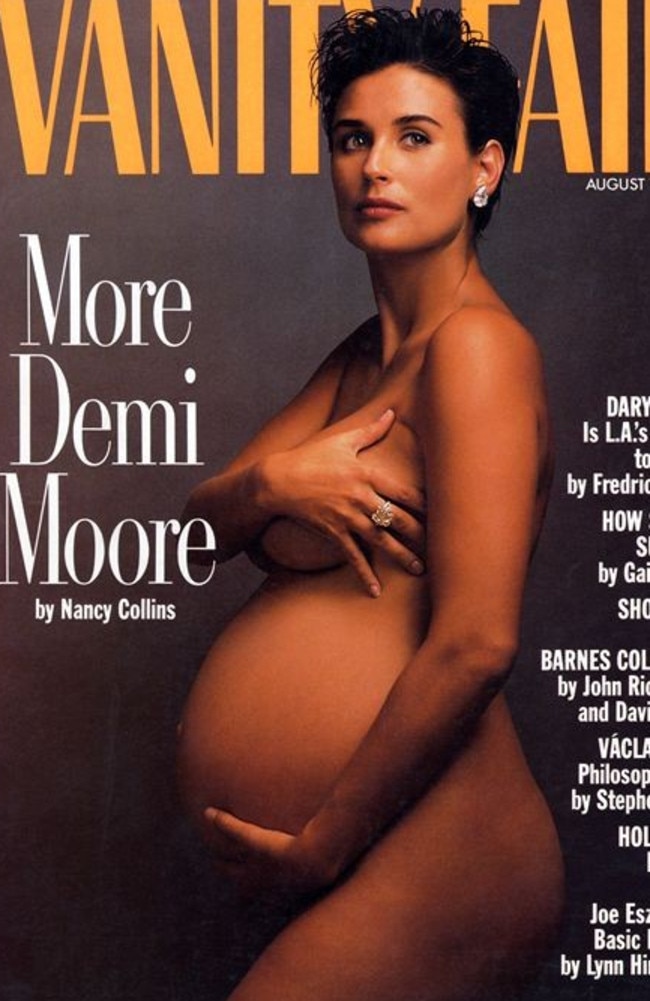
Some were chosen for their content, others for their innovation. Harold Edgerton, for instance, while tinkering in his lab at the Massachusetts Institute of Technology, laid the foundation for the modern electronic photo flash with his 1957 Milk Drop Coronet.
He froze the drop as it landed on a table using strobe lights with camera shutter motors to refine moments otherwise imperceptible to the human eye, according to the project’s book companion, 100 Photographs: The Most Influential Images of All Time.
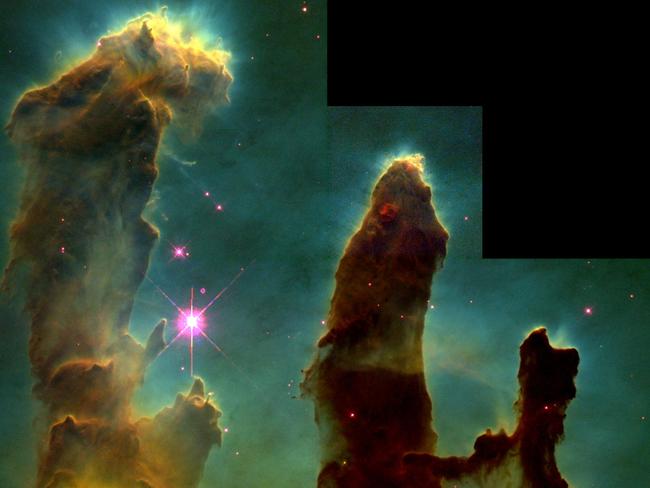
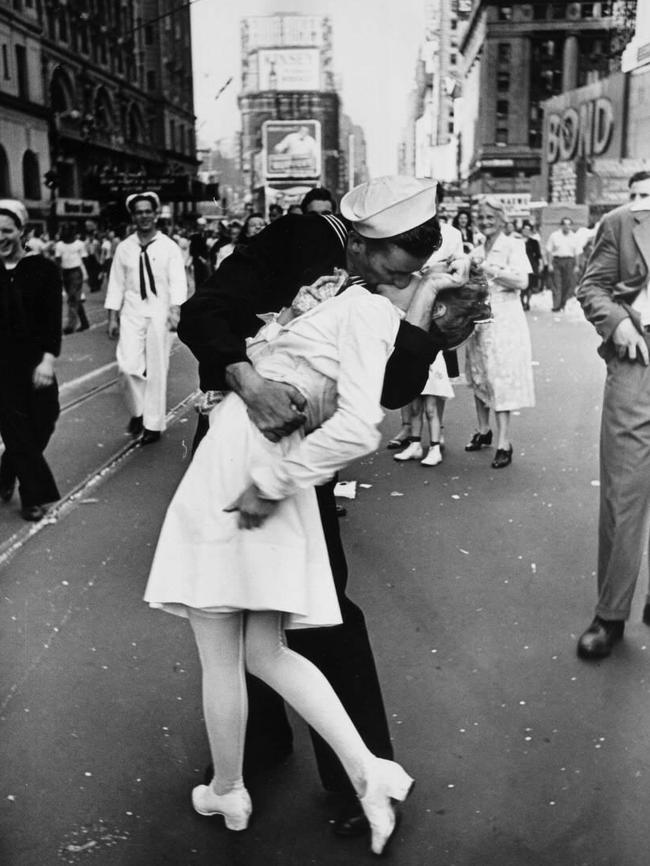
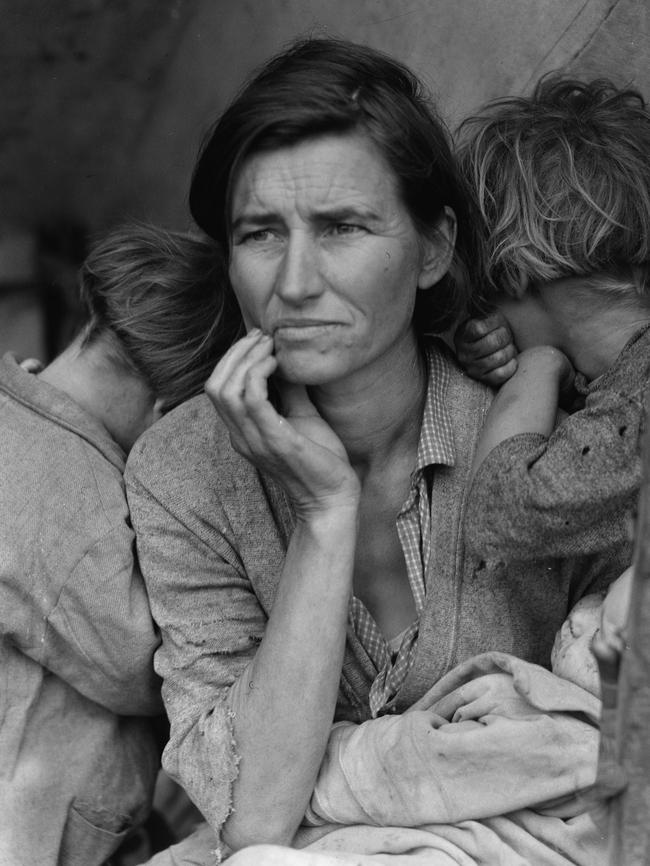
There is a NASA image of Earth from the far side of the moon, a foetus still in the sac, revealing what pre-birth development looks like.
There’s also the famous, fuzzy Loch Ness Monster from 1934, Robert Mapplethorpe’s 1979 Brian Ridley and Lyle Heeter, in full sadomasochist regalia, Brent Stirton’s first prize entry in the 2008 World Press Photo contest, and the famous Oscars selfie initiated by Ellen DeGeneres in 2014.
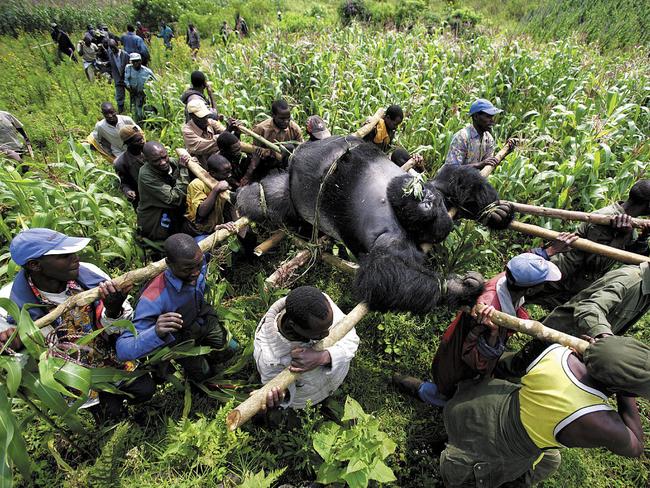
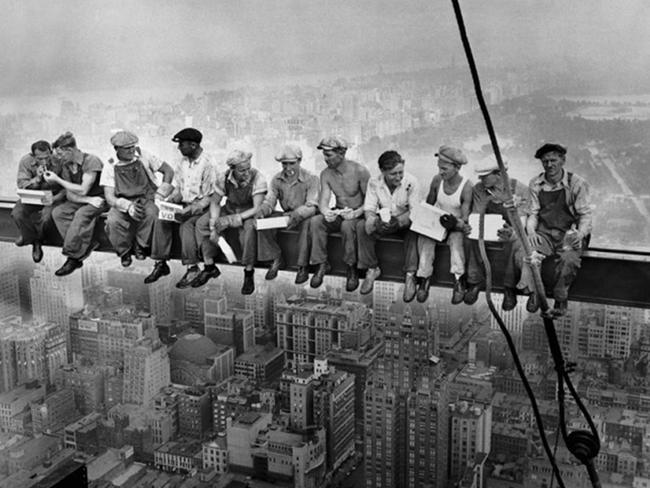
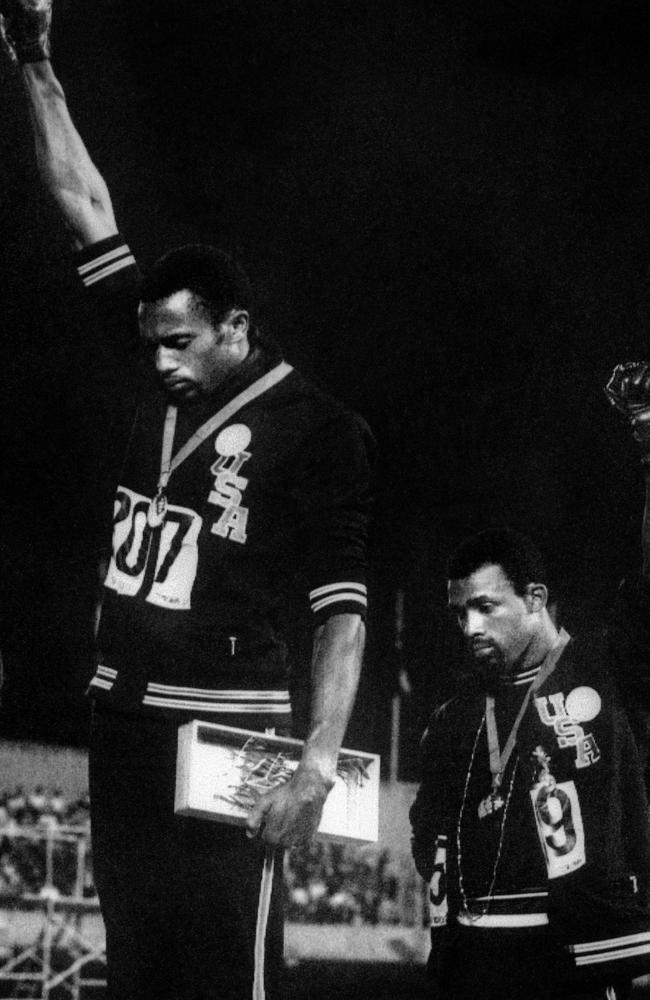
See all the incredible photographs here.
Originally published as Time magazine’s 100 most influential photos ever taken


